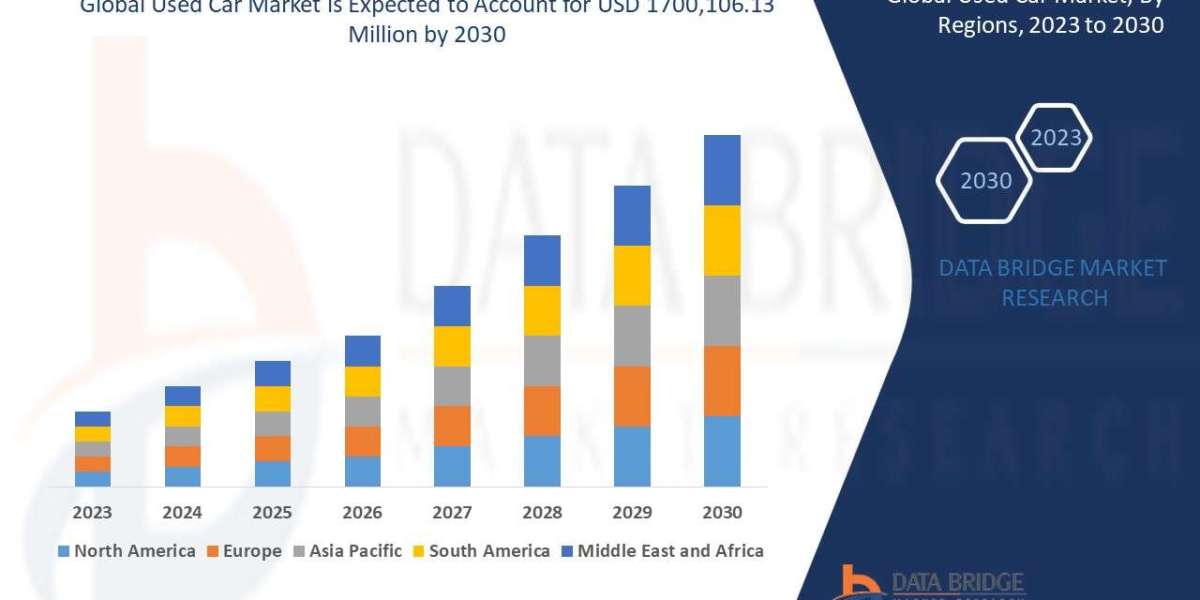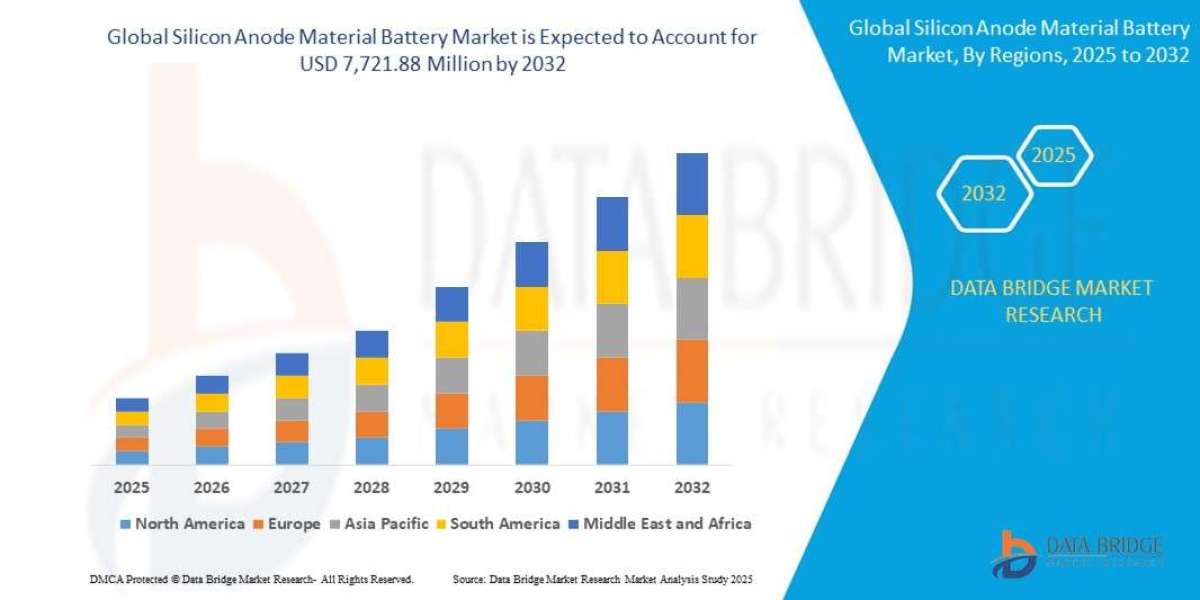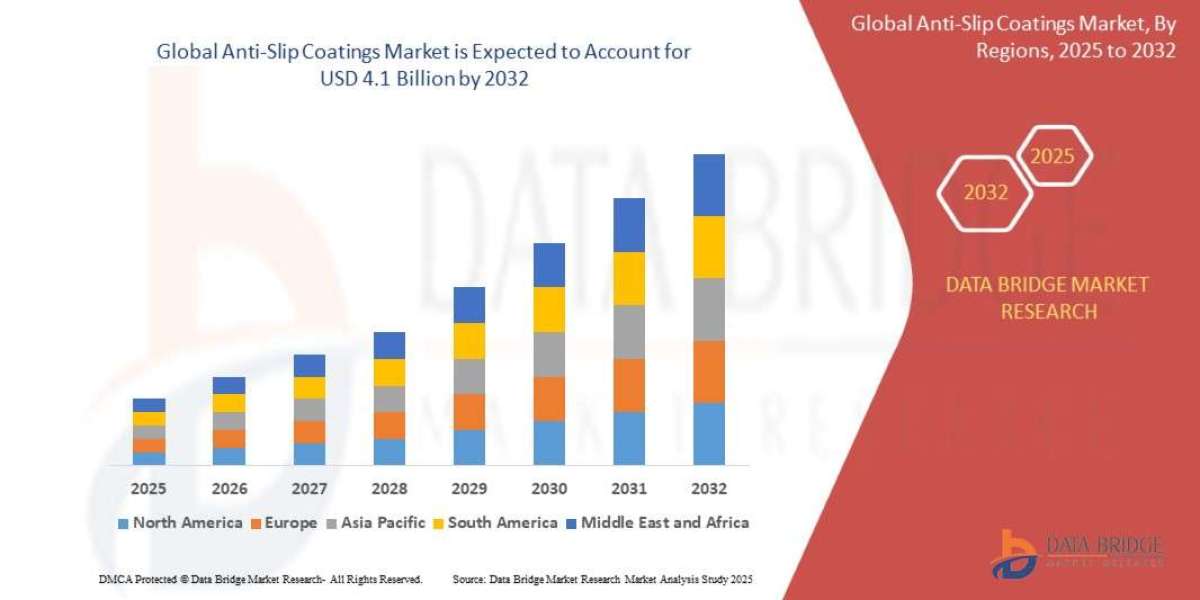Introduction
The Used Car Market represents the segment of the global automotive industry involved in the resale of previously owned vehicles through organized dealerships, online platforms, and individual sellers. It encompasses the buying and selling of passenger cars, SUVs, and commercial vehicles that have been used before being reintroduced into the market.
This market has become an integral part of the global mobility ecosystem, driven by affordability, accessibility, and increased consumer confidence in certified pre-owned vehicles. The rise of digital platforms, financing options, and quality assurance programs has transformed the perception of used cars from inexpensive alternatives to viable, value-oriented purchases.
Used cars are becoming a preferred choice among middle-income consumers, young professionals, and fleet operators due to their cost efficiency and availability of flexible ownership models. As vehicle technology and digital sales tools evolve, the used car market continues to play a critical role in global automotive sustainability and circular economy initiatives.
Learn how the Used Car Market is evolving—insights, trends, and opportunities await. Download report: https://www.databridgemarketresearch.com/reports/global-used-car-market
The Evolution
The used car market has evolved alongside the growth of the global automotive industry. During the early 20th century, used vehicle sales were primarily informal, handled by private owners or small dealers with minimal regulation. The market gained structure during the mid-20th century as automotive ownership expanded and organized dealerships emerged to manage trade-ins and resale operations.
In the 1990s, the concept of certified pre-owned (CPO) vehicles was introduced, providing buyers with reassurance through inspection and warranty programs. This innovation improved trust and professionalism within the industry, encouraging more consumers to consider used cars as a practical option.
The digital transformation of the 2000s brought a major shift with the emergence of online classified platforms and digital auto marketplaces such as AutoTrader, CarMax, and Cars.com. These platforms introduced transparency and convenience, allowing buyers to compare prices, check vehicle histories, and complete transactions digitally.
Recent years have seen the rise of AI-driven pricing models, virtual showrooms, and subscription-based ownership. These innovations have reshaped consumer behavior, offering efficiency and flexibility while addressing post-pandemic economic challenges. The ongoing evolution reflects a transition from informal local sales to a global, data-driven marketplace supported by technology and professional services.
Market Trends
Growing Preference for Certified Pre-Owned Vehicles
Certified pre-owned cars have become highly desirable due to guaranteed quality, manufacturer-backed warranties, and inspection assurance.Digitalization of Used Car Sales
Online car marketplaces and e-commerce platforms dominate the industry, offering real-time listings, price comparisons, and remote inspection tools.Rising Demand for Electric and Hybrid Used Cars
As the EV market expands, the resale of electric and hybrid models is gaining traction, supported by the availability of affordable pre-owned EVs.Subscription and Leasing Models
Consumers are increasingly opting for short-term car subscriptions and leasing instead of traditional ownership, promoting the circulation of vehicles in the secondary market.Price Inflation of New Vehicles
The rising cost of new vehicles, driven by material shortages and technology costs, has boosted demand for used alternatives.Integration of Vehicle History and Transparency Tools
Buyers now rely on digital vehicle reports and AI-based inspection systems to assess the authenticity and condition of vehicles before purchase.Emergence of Global Auto Marketplaces
Platforms like Cazoo, Carvana, and OLX Autos have expanded internationally, allowing cross-border trading and standardized pricing.Sustainability and Circular Economy
The resale and reuse of vehicles contribute to carbon reduction goals by extending vehicle lifecycles and minimizing production-related emissions.
Challenges
Lack of Standardization Across Markets
Regulatory differences and inconsistent quality standards create challenges in pricing and certification across regions.Supply Constraints
Limited availability of high-quality used cars due to lower new vehicle production affects inventory levels.Depreciation Uncertainty
The residual value of vehicles fluctuates due to changing technology, emission norms, and consumer preferences.High Operational and Logistics Costs
Transportation, inspection, and reconditioning expenses reduce profit margins for dealers.Consumer Trust Issues in Unorganized Sectors
Fraudulent listings, odometer tampering, and hidden defects remain major issues in informal markets.Regulatory Pressures on Emission Standards
Strict emission policies in Europe and North America are restricting older vehicles’ resale potential.Technological Complexity in Modern Cars
Increasing integration of digital systems and advanced electronics complicates repairs and resale value assessments.Macroeconomic Factors
Inflation, fuel price volatility, and interest rate fluctuations impact both demand and financing options in the used car sector.
Market Scope
Segmentation by Vehicle Type
Passenger Cars
Compact, mid-size, and luxury vehicles dominate used car sales due to high urban demand.Light Commercial Vehicles (LCVs)
Small vans and pickup trucks are popular for business and logistics operations.Heavy Commercial Vehicles (HCVs)
Includes buses, construction trucks, and logistics vehicles used in industrial sectors.
Segmentation by Fuel Type
Petrol Vehicles
Widely available and affordable, with high resale activity.Diesel Vehicles
Remain popular for commercial and high-mileage applications.Electric and Hybrid Vehicles
Rapidly expanding segment driven by sustainability and government incentives.
Segmentation by Sales Channel
Online Platforms
E-commerce and digital marketplaces providing transparent pricing and convenience.Offline Dealerships
Traditional showrooms offering direct sales and trade-in options.Franchise and CPO Programs
Manufacturer-backed programs ensuring reliability and after-sales service.
Regional Analysis
North America
The North American used car market is mature, valued at over USD 500 billion in 2024. The U.S. dominates due to a strong network of dealerships and digital platforms such as CarMax and Carvana. Demand for certified vehicles and EVs is growing, supported by high disposable income and technological adoption.
Europe
Europe’s market benefits from strong automotive infrastructure and emission-conscious consumers. Germany, the UK, and France lead the region. Stricter emission regulations are pushing older diesel models out of circulation, increasing demand for hybrid and electric used cars.
Asia-Pacific
Asia-Pacific is the fastest-growing market, projected to expand at a CAGR of over 7% through 2035. China, India, and Japan dominate regional sales due to rising middle-class populations and affordability trends. Digital transformation in India and China has accelerated the shift from unorganized to organized trade.
Latin America
The region shows increasing potential with improving economic conditions and digital sales platforms. Brazil and Mexico are the largest contributors, with growing CPO adoption and rising online vehicle trading.
Middle East & Africa
This region’s market is expanding with the development of digital automotive platforms and increasing vehicle imports. The UAE and South Africa are key players due to strong consumer purchasing power and the popularity of imported luxury used cars.
End-User Segmentation
Individual Consumers
Represent the largest share, driven by affordability and variety.Fleet Operators and Ride-Sharing Companies
Prefer cost-effective used cars for commercial operations.Dealerships and Resellers
Operate as intermediaries providing inspection and certification services.
Market Size and Factors Driving Growth
As per Statistics Canada, disposable incomes in low-class households were augmented by 3% and 3.3% in the initial phase of 2021, respectively. In contrast, incomes in high-class households were reduced by 6.4% and then augmented by 3.9% over the same timeframe.
Major Growth Drivers
Rising New Car Prices
The increasing cost of new vehicles, due to inflation and advanced technology integration, is pushing consumers toward used options.Expanding Digital Ecosystem
Online marketplaces and AI-based analytics tools are streamlining buying, selling, and pricing processes.Growing Middle-Class Population
Emerging economies with growing middle-income groups are fueling used vehicle demand.Advancements in Vehicle Longevity
Improved automotive engineering has extended the usable lifespan of vehicles, making pre-owned cars more reliable.Increased Financing and Insurance Options
Availability of tailored financing plans, leasing, and insurance coverage enhances affordability and trust.Sustainability Awareness
Reusing vehicles aligns with sustainability and waste reduction initiatives, appealing to environmentally conscious buyers.Expansion of Certified Pre-Owned Programs
CPO schemes provide assurance of quality and warranty, enhancing market credibility and consumer confidence.Post-Pandemic Economic Recovery
The global financial reset and rising fuel efficiency awareness are encouraging second-hand car purchases.
Opportunities in Emerging Regions
Asia-Pacific and Latin America offer significant growth opportunities. Rapid digitalization, growing consumer trust in online platforms, and government incentives for vehicle recycling programs are driving expansion. Startups and international dealers are entering these markets to establish structured, transparent sales channels.
Conclusion
The Used Car Market is entering a new era of growth, driven by digital transformation, rising affordability needs, and increased sustainability awareness. As global automotive ecosystems shift toward electric mobility and circular economies, used vehicles play an essential role in balancing affordability with environmental responsibility.
The market is expected to expand consistently through 2035, supported by online sales innovations, vehicle certification programs, and the availability of advanced financing options. Stakeholders focusing on transparency, digitalization, and quality assurance will gain a competitive edge in the evolving landscape.
With the integration of electric vehicles into the used market, coupled with emerging business models like subscriptions and leasing, the global used car sector is positioned for sustained, data-driven expansion. The future outlook points toward an inclusive, technology-oriented market serving both individual consumers and commercial operators efficiently.
FAQs
1. What is the Used Car Market?
It refers to the global market for the resale of pre-owned vehicles through dealers, online platforms, and individual sellers.
2. What is the market size of the Used Car Market?
The global market is valued at USD 1.8 trillion in 2024 and expected to reach USD 3.2 trillion by 2035.
3. What is the growth rate of the market?
The market is projected to grow at a CAGR of 5.5% between 2024 and 2035.
4. What factors are driving market growth?
Key drivers include digitalization, rising new car prices, sustainability awareness, and expanding certified pre-owned programs.
5. Which regions dominate the market?
North America, Europe, and Asia-Pacific hold the largest shares, with Asia-Pacific showing the fastest growth.
6. What challenges does the market face?
Challenges include regulatory inconsistency, supply shortages, trust issues, and volatile pricing.
7. Which vehicle types are most in demand?
Passenger cars dominate sales, followed by light commercial vehicles.
8. How is digital technology impacting the used car market?
AI, online platforms, and virtual showrooms are improving transparency and transaction efficiency.
9. What role do certified pre-owned vehicles play?
They enhance buyer confidence by providing verified, high-quality used cars with warranty support.
10. What is the future outlook of the used car market?
The market will continue expanding with stronger digital ecosystems, increased EV adoption, and growing consumer preference for affordable, sustainable mobility solutions.
Browse More Reports:
Global Release Agents in Meat Market
Global Reporter Tags Market
Global Residential Digital Faucets Market
Global Respiratory Diagnostics Market
Global Radio-Frequency Identification (RFID) Tags Market
Global RF Over Fiber Market
Global Rice Milk Market
Global Rice Starch in Animal Feed Market
Global RNA-Based Cardiac Therapeutics Market
Global Robotic Staplers Market
Global Rotomolding Products Market
Global Run of River Power Market
Global Sachet Packaging Machines Market
Global Salt Content Reduction Ingredients Market
Global Satellite Transponder Market
About Data Bridge Market Research:
An absolute way to forecast what the future holds is to comprehend the trend today!
Data Bridge Market Research set forth itself as an unconventional and neoteric market research and consulting firm with an unparalleled level of resilience and integrated approaches. We are determined to unearth the best market opportunities and foster efficient information for your business to thrive in the market. Data Bridge endeavors to provide appropriate solutions to the complex business challenges and initiates an effortless decision-making process. Data Bridge is an aftermath of sheer wisdom and experience which was formulated and framed in the year 2015 in Pune.
Contact Us:
Data Bridge Market Research
US: +1 614 591 3140
UK: +44 845 154 9652
APAC : +653 1251 975
Email:- corporatesales@databridgemarketresearch.com







